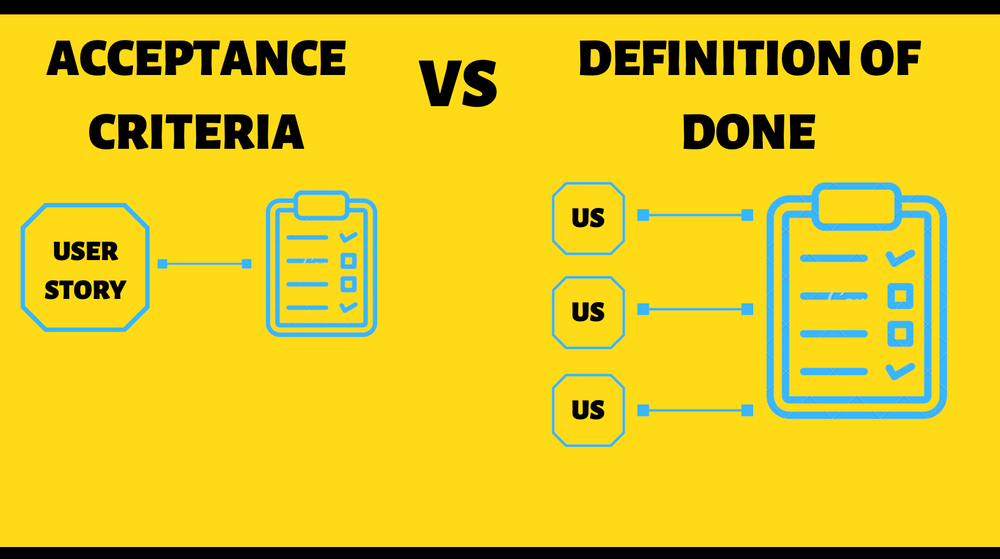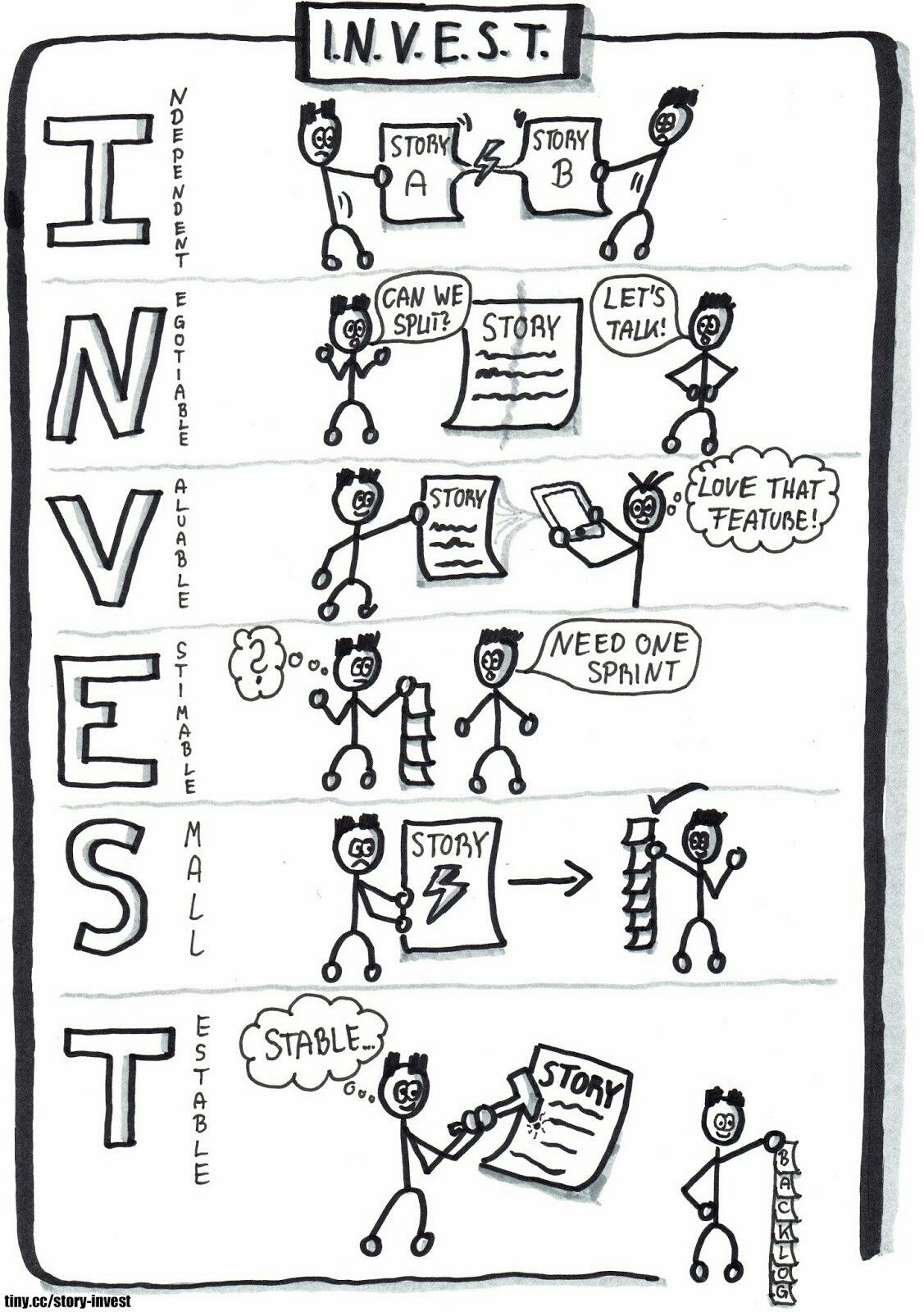What is Commitment?
Commitment refers to the dedication of Scrum team members to the common goals of the project, as well as the individual commitment of each member to their roles and responsibilities.
Commitment also encompasses the Scrum team’s pledge to the customer by delivering valuable, high-quality products that meet the requirements.
To demonstrate commitment, the Scrum team needs to define and track the objectives and assessment criteria for the project. There are three main types of objectives:
- Product goal: This is the overarching goal for the entire product, reflecting the desired value for customers and users. The product goal is defined by the Product Owner and is reflected in the Product Backlog.
- Goals for milestones: These are objectives for each phase or iteration of the project, representing specific and meaningful outcomes for product development. Goals for milestones are defined by the Product Owner and the Scrum team based on the Product Backlog and Sprint Backlog.
- Sprint goal: This is the objective for each Sprint, representing the work that needs to be completed during the Sprint to create a potentially shippable product increment. The Sprint goal is determined by the Scrum team during the Sprint planning process.
To assess whether the objectives have been achieved, the Scrum team must define and adhere to the Definition of Done.
The Definition of Done is a checklist of quality standards and technical requirements that a product increment must meet to be considered complete. The Definition of Done is determined by the Scrum team based on Agile and Scrum principles, as well as the requirements of customers and users.
The Importance of Commitment
Commitment is a vital value in Scrum because it affects many aspects of the project:
- For individuals: When you commit to your roles and responsibilities, you earn respect, build trust, and contribute to the project’s success. You also have the opportunity to develop your skills, knowledge, and capabilities. For example, if you are a developer in the Scrum team, you will commit to programming the application features according to the approved design, testing the quality of the code, integrating with other functions, and deploying in a testing environment. By doing so, you will gain respect from other team members, earn the trust of the Product Owner and customers, and contribute to creating a complete and quality product. You will also have the opportunity to learn and enhance your programming, testing, and deployment skills.
- For the team: When you commit to the common goal of the project, you foster collaboration, cohesion, and consensus within the team. You will also earn respect from leadership, management, customers, and other stakeholders. For example, if your Scrum team commits to a product goal of creating a cross-platform consumer loan mobile application with a user-friendly interface, identity verification features, credit score checks, suitable loan options, and online payment capabilities, you will collaborate with other team members to complete tasks related to the product goal. You will also provide feedback and support to other members when necessary. By doing so, you will create unity and consensus within the team, gain respect from leadership, management, customers, and other stakeholders, and contribute to producing a valuable product for users.
- For leadership: When you commit to customers, you bring value to the organization, ensuring the interests of the team or unit you manage. You will also increase the trust of the organization and customers in the capabilities and quality of the project. For example, if you are a Product Owner in the Scrum team, you will commit to understanding the needs and wants of customers and users, building and maintaining the Product Backlog according to Agile and Scrum principles, defining the product goal and goals for milestones for the project, and approving designs and products of the Scrum team according to the Definition of Done. By doing so, you will bring value to the organization because your product will meet market demands, ensure the interests of the team you manage, be delivered timely and of high quality, provide value and effectiveness as expected for the organization, and contribute to its success and development.
Evaluating the level of commitment offers many benefits for the project, such as:
- Reassessing the feasibility of the plan: By comparing the level of commitment of the Scrum team with the objectives and assessment criteria, you can recognize the strengths, weaknesses, opportunities, and challenges of the project. You can also identify risks and the causes of discrepancies between the plan and reality.
- Risk management planning: By evaluating the level of commitment of the Scrum team, you can detect and prevent potential or existing risks in the project. You can also develop preventive or responsive measures for risks, such as communication, training, reinforcement, etc.
- Developing contingency plans or adjusting plans as necessary: By evaluating the level of commitment of the Scrum team, you can create contingency plans to address unexpected or undesirable situations in the project. You can also adjust plans if necessary to align with the reality and desires of customers and users.
- A measure to determine performance (productivity + quality), assessing the success and achievements of the team/unit as well as individuals: By evaluating the level of commitment of the Scrum team, you can measure the performance (productivity + quality) of the team/unit as well as individuals in the project. You can also provide feedback, recognition, and encouragement to team members who have committed and performed well.
I hope my sharing has provided you with useful information about commitment – one of the values of Scrum. Please feel free to share your thoughts and ideas on this topic!



